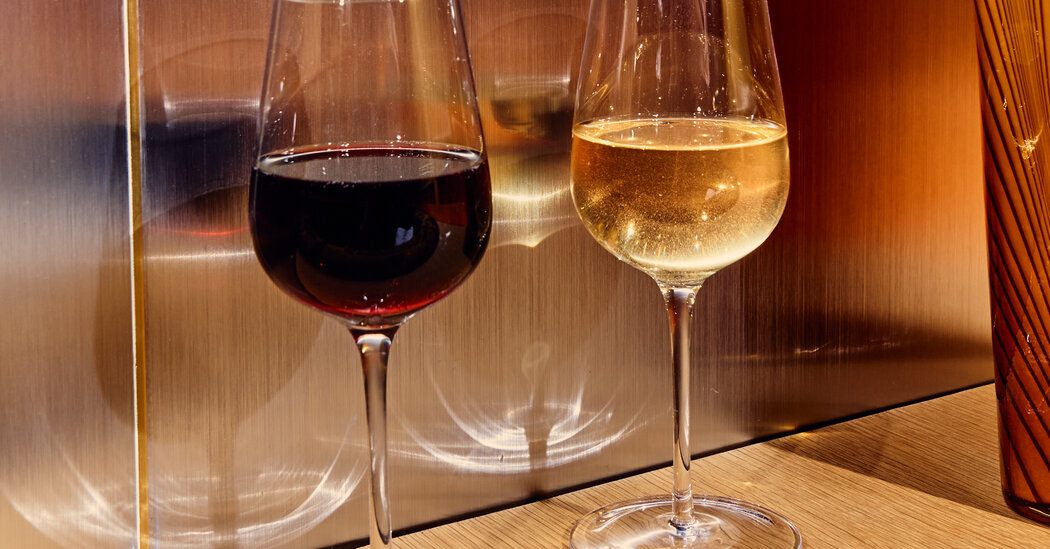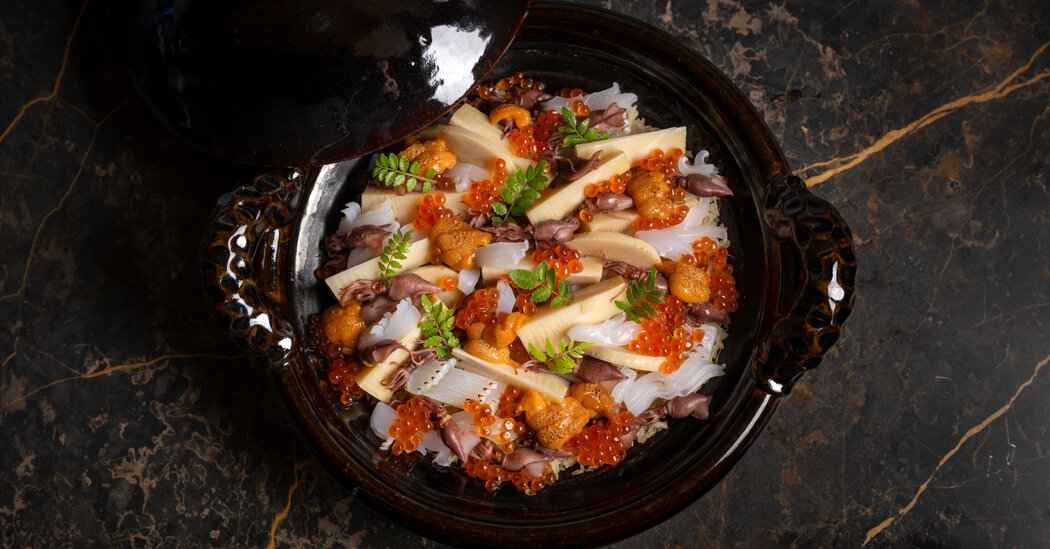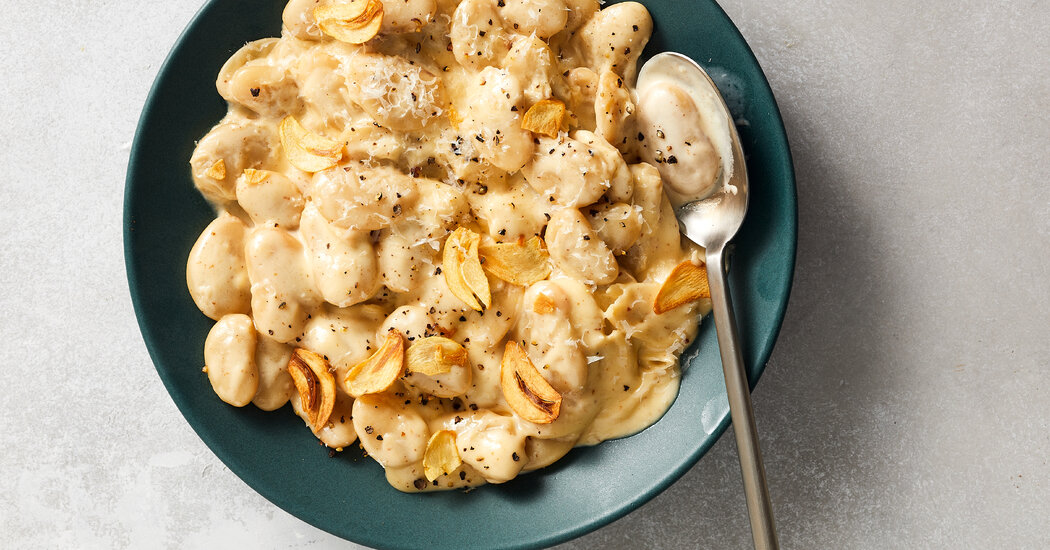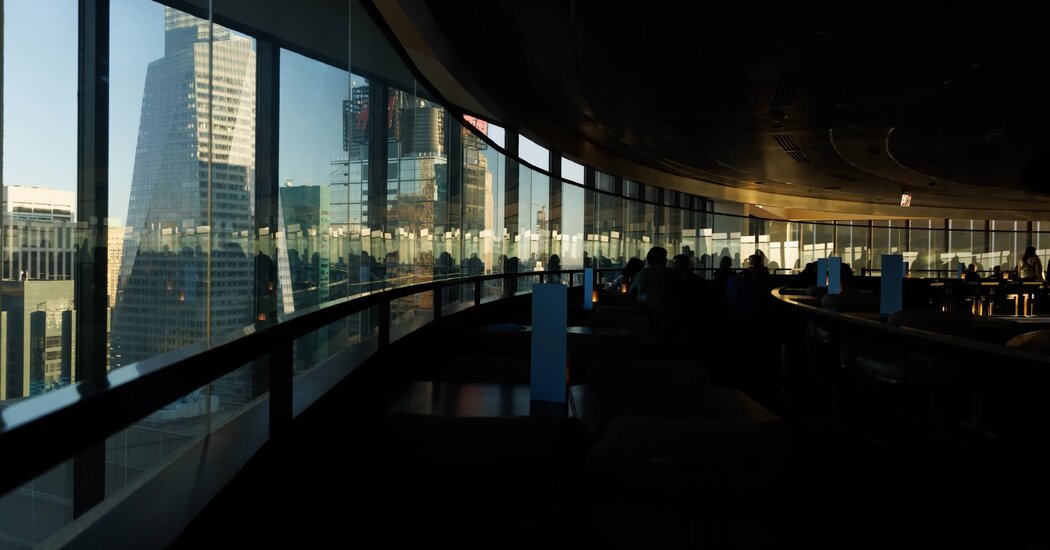The Challenges of Crafting Nonalcoholic Wine
Creating high-quality nonalcoholic wine is a complex and demanding process. Initially, the journey begins in the vineyard, where the grapes must be carefully cultivated and harvested. This stage alone requires significant labor and expertise, as anyone who has participated in a wine harvest, maneuvered barrels, or dealt with stubborn hoses can attest.
Once the grapes are harvested, the winemaking process continues with fermentation, followed by the crucial step of alcohol removal. While this stage may not be as labor-intensive, it presents its own set of challenges. The extraction of alcohol is a delicate operation that involves advanced technological interventions, which many traditional winemakers find undesirable. This typically entails using vacuum distillation with a spinning cone, allowing the wine to be broken down into its fundamental components. The alcohol is then separated, and the remaining elements must be skillfully reassembled into a harmonious blend.
However, what remains after the alcohol is extracted is often lacking in more than just the intoxicating element. In the world of wine, alcohol serves vital functions beyond simply providing a buzz. It contributes to the wine’s richness and body, enhances the carrying of flavors and aromas, and plays a crucial role in maintaining the overall balance and structure of the wine. Thus, when alcohol is removed, alternative components must step in to fill that void.
Winemakers globally are diving into this challenge for compelling reasons, notably the burgeoning interest in nonalcoholic beverages. As the market for alcoholic drinks has stagnated in recent years, nonalcoholic options have seen an impressive growth spurt, increasing by more than 30 percent last year, according to Nielsen reports. This surge is primarily driven by a growing awareness of wellness and moderation among consumers.
As a result, a diverse array of producers, from brewers to liquor companies, are eager to tap into this emerging trend. Bartenders can craft enticing nonalcoholic cocktails by simply omitting spirits, focusing instead on creating visually stunning and balanced flavor combinations. Brewers have a degree of control over the fermentation process, allowing them to prevent alcohol formation while enhancing the flavors through the use of additional ingredients like hops and malt.
Nevertheless, the hurdles faced by winemakers are particularly significant. Wine typically contains a higher alcohol content and acidity compared to beer, and alcohol’s role in the structure of wine is more pronounced than in other beverages. This makes the quest for a satisfying nonalcoholic wine a particularly intricate and challenging endeavor.




